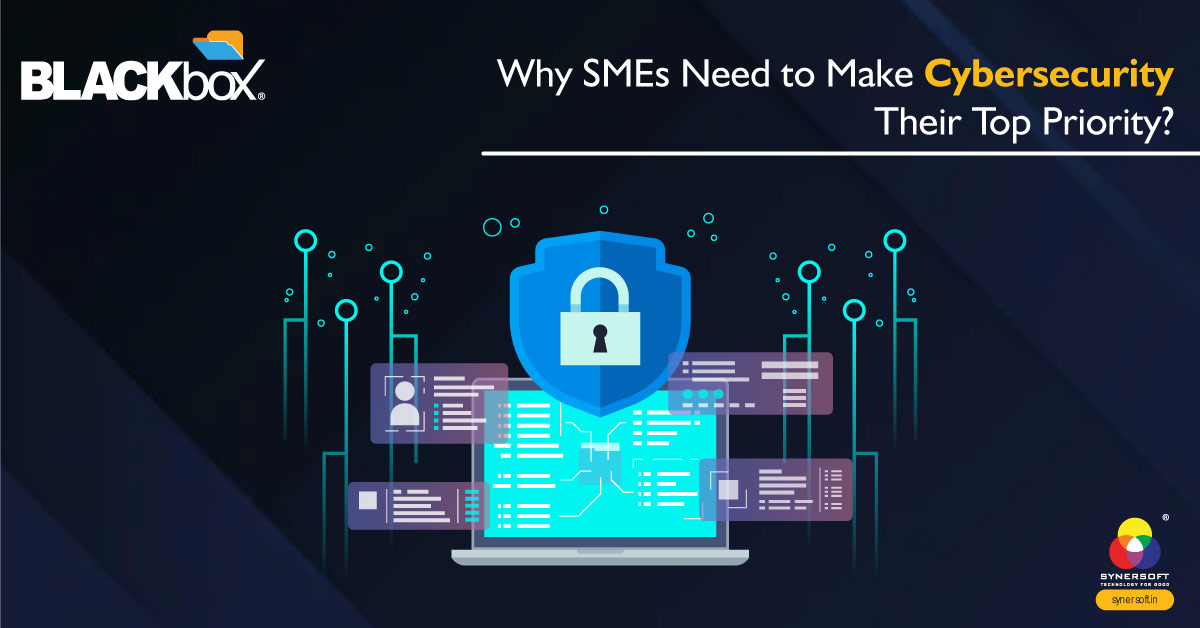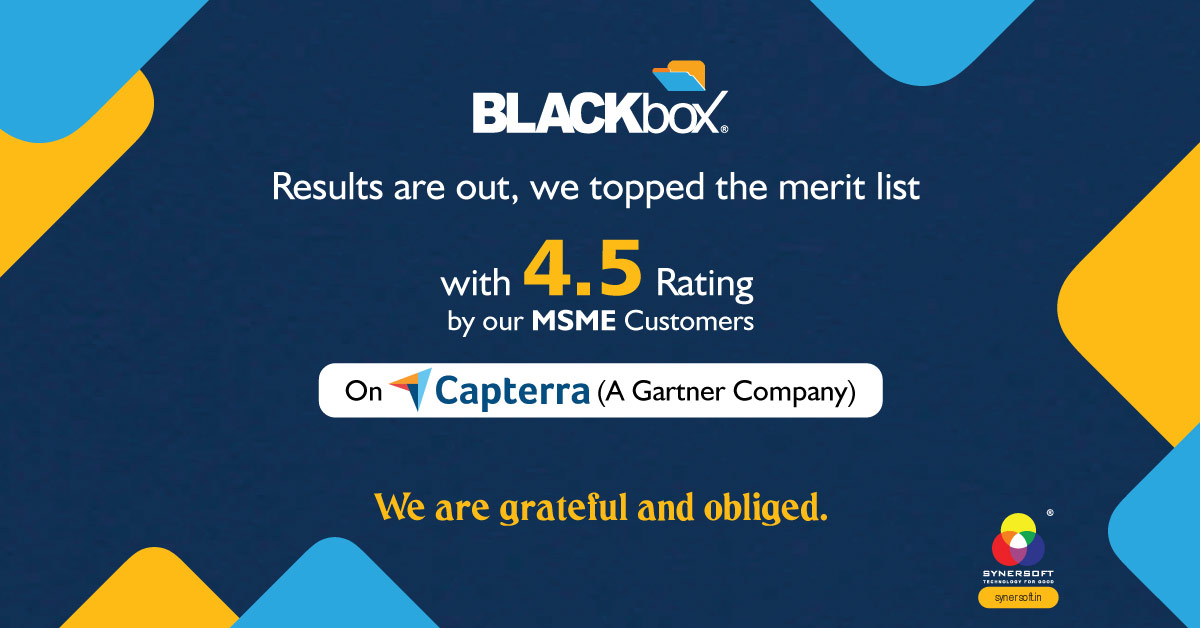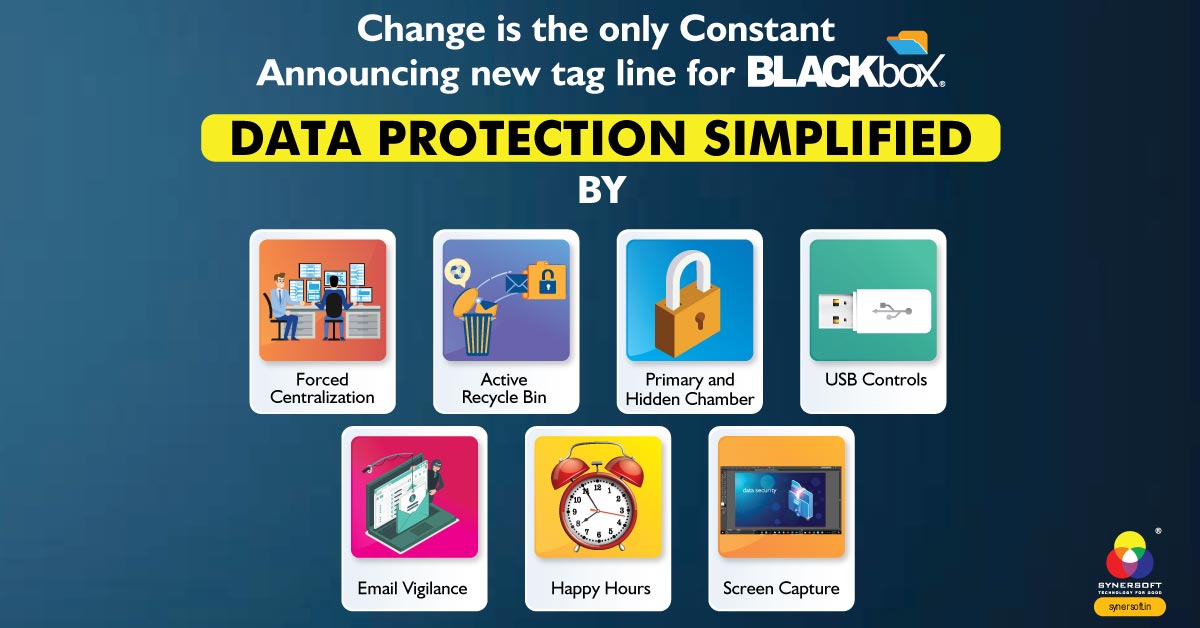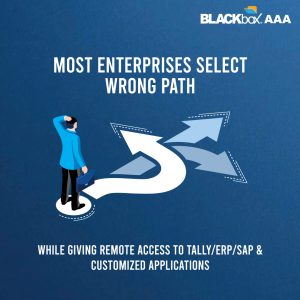- Have any questions?
- info@synersoft.in

Wish Lockdown continues, guess who is praying…
June 8, 2020
Urgent and Serious : Ransomware : ElvisPresley
June 22, 2020Four Misguiding Advice on Data Centralization
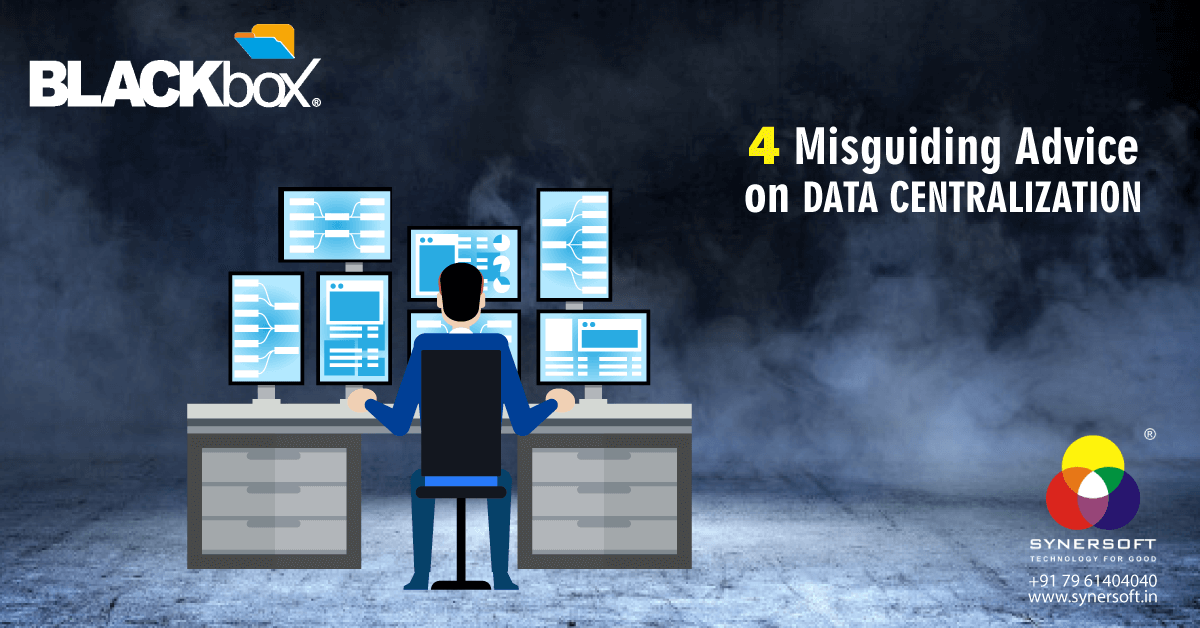
Data Centralization. Every enterprise requires it for backup and collaboration. Every enterprise invests in expensive Storage Systems (File Server or NAS) as advised by the so-called consultants.
The question is, do they achieve perfect Data Centralization by merely investing in Storage Systems? If the answer is No, they assume a terrible risk of Data Loss and Business Discontinuity.
Dreadfully the answer is No.
Let’s check some misguiding bits of advice.
The “Tell Everyone” Advice
A consultant advises the management or IT manager to tell every user to save data on File Server or NAS. Though the user has the choice of storing data locally on his/her desktop/laptop, the enterprise assumes that every user will follow the rule of storing data on the Central System. In reality, it does not happen. Users knowingly or unknowingly keep storing data on local devices. The Storage Hardware remains grossly unutilized.
Such loose advice defeats the purpose of investing in File Server or NAS device for backup and collaboration.
The “Jugaad” Advice
A consultant advises the management to install some free software that will throw a backup from local desktops to the central storage system. Or tell users to copy data to the central system every week or so. In reality, it does not work. The network gets choked when such free software starts throwing backup of all computers. Users can disable the software.
Such loose advice defeats the purpose of investing in File Server or NAS device for backup and collaboration.
The “Hi-Tech” Advice
A consultant advises buying additional hardware for domain control policies to force users to save data on the central location. Additional hardware cost, Microsoft server license, client access licenses (CALs), and employment of a full time IT manager to manage this hi-tech setup shatters the budget.
Such fancy advice defeats the purpose of cost-effective Data Centralization.
The “Thin Client” Advice
A consultant advises buying a powerful terminal server, storage, and thin clients. After investing in a server, storage, licenses, the enterprise realizes that it does not work for resource-heavy software like AutoCAD, 3D, SCADA, e-tab, etc. The enterprise faces slow performance. The server resources are never enough.
Such loose advice defeats the purpose of cost-effective data centralization. It becomes an endless activity to upgrade server resources to get performance.
I planned to write this blog to apprise the reader.
Forced Data Centralization is the best way to achieve perfect Data Centralization.
Check these Videos
Best Regards,
Vishal Shah
Founder and CEO,
Synersoft Technologies Pvt Ltd

